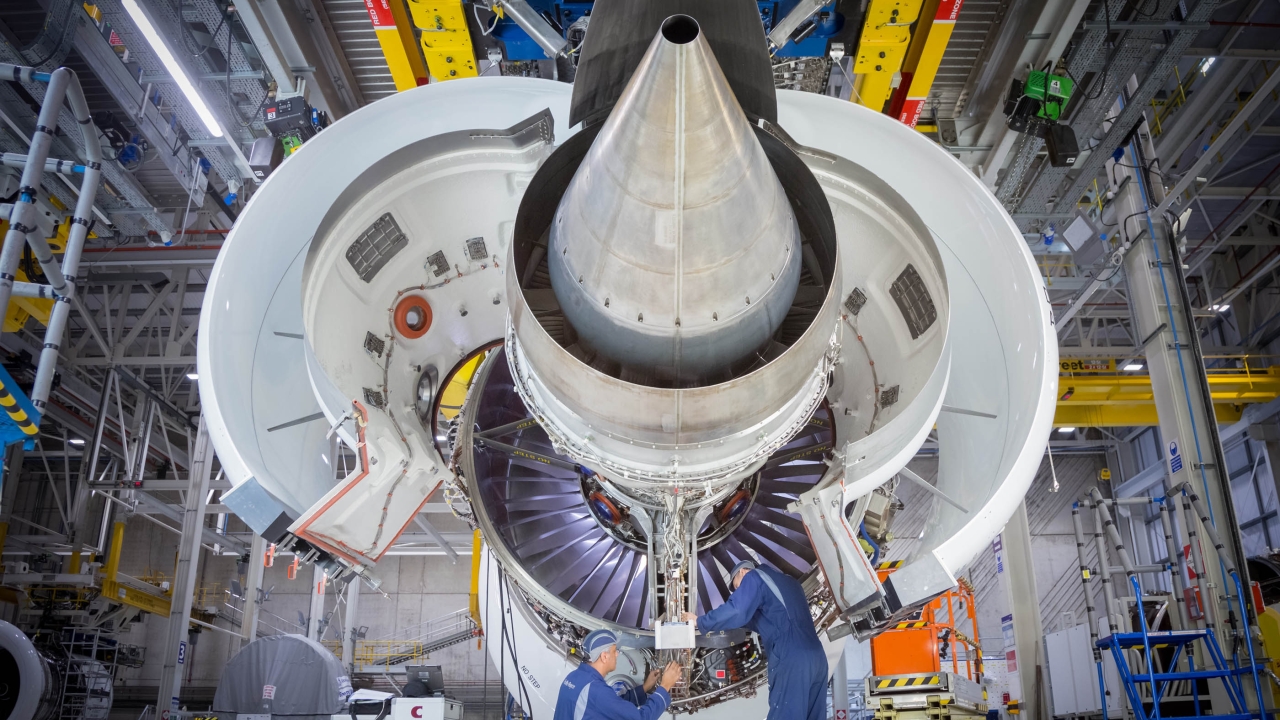Cam and buy me...!
Cameroon’s president has ordered that national airline, Camair-Co, should be prepared for privatisation. Alan Dron looks at how attractive the debt-laden carrier might be to external investors.

Long-range: Camair-Co’s single Boeing 767-300ER is normally employed on the airline’s long-haul route to Paris Charles De Gaulle Airport.
Selling off a state carrier is a difficult task, even when it is well-resourced and effective. Doing so when the airline has a huge debt burden and most of its aircraft are grounded through lack of maintenance will require a very special salesman.
Camair-Co has not made a profit since it began operations in 2011. Losses for the 2019 financial year were estimated at CFAF 15 billion ($27 million), plus a further CFAF 12 billion for the first half of 2020.
In June 2020, the airline’s auditors repeated a 2015 warning that shareholders might have to decide whether to close the company, given its debt mountain. Additionally, the auditors noted, staff were owed four months’ salary and, in June, 65% of the workforce was placed on “technical leave” for three months because of the coronavirus pandemic.
Critics say that Camair-Co should have made much greater progress, pointing out that the airline has little or no competition domestically or in the immediately surrounding region.
The airline’s fleet – listed as a single Boeing 767-300ER, two 737-700s, two Bombardier Dash 8-400s and two Xian MA-60s – is believed to have been reduced to just one operational MA-60, with most of the others grounded for maintenance.
One of the Dash 8s, leased from Abu Dhabi Aviation, was at the time of writing at a Johannesburg maintenance facility and the subject of a legal dispute with the lessor over alleged defaults in lease payments, with repossession looming.
To improve the chances of an outside buyer taking a controlling share in the airline, the local media reported in June that the country’s president, Paul Biya, had ordered an infusion of CFAF 15 billion for the company. This would be used to send one of the 737-700s for needed maintenance, the leasing of two engines to return the second 737-700 to operational status, and the acquisition of two more Dash 8-400s.
A source with close knowledge of Camair-Co, who asked not to be identified, told African Aerospace that the airline faced a struggle to find private companies prepared to take a stake in it.
“When you’re privatising an airline, how do you become attractive to an investor? By having a track record – showing hard work, showing you’ve had success and showing that you’re operating in an environment that will be fair to a private investor.”
Camair-Co’s long history of unprofitability, and now its problems with aircraft, would make that difficult, he said.
“If you’re trying to privatise a company that’s defaulting, it’s going to be a very interesting person that invests in a company that’s distressed. I don’t see a traditional leasing company going in there for some time because of their record.”
Nevertheless, there were still possibilities, he said. Cameroon’s population of 27 million, together with its discovery of oil and gas, meant that the country should be as successful as Cote d’Ivoire. And the small west African nation of Togo had shown that it could create what he described as “a great little airline” in the shape of Asky.
Stay up to date
Subscribe to the free Times Aerospace newsletter and receive the latest content every week. We'll never share your email address.

